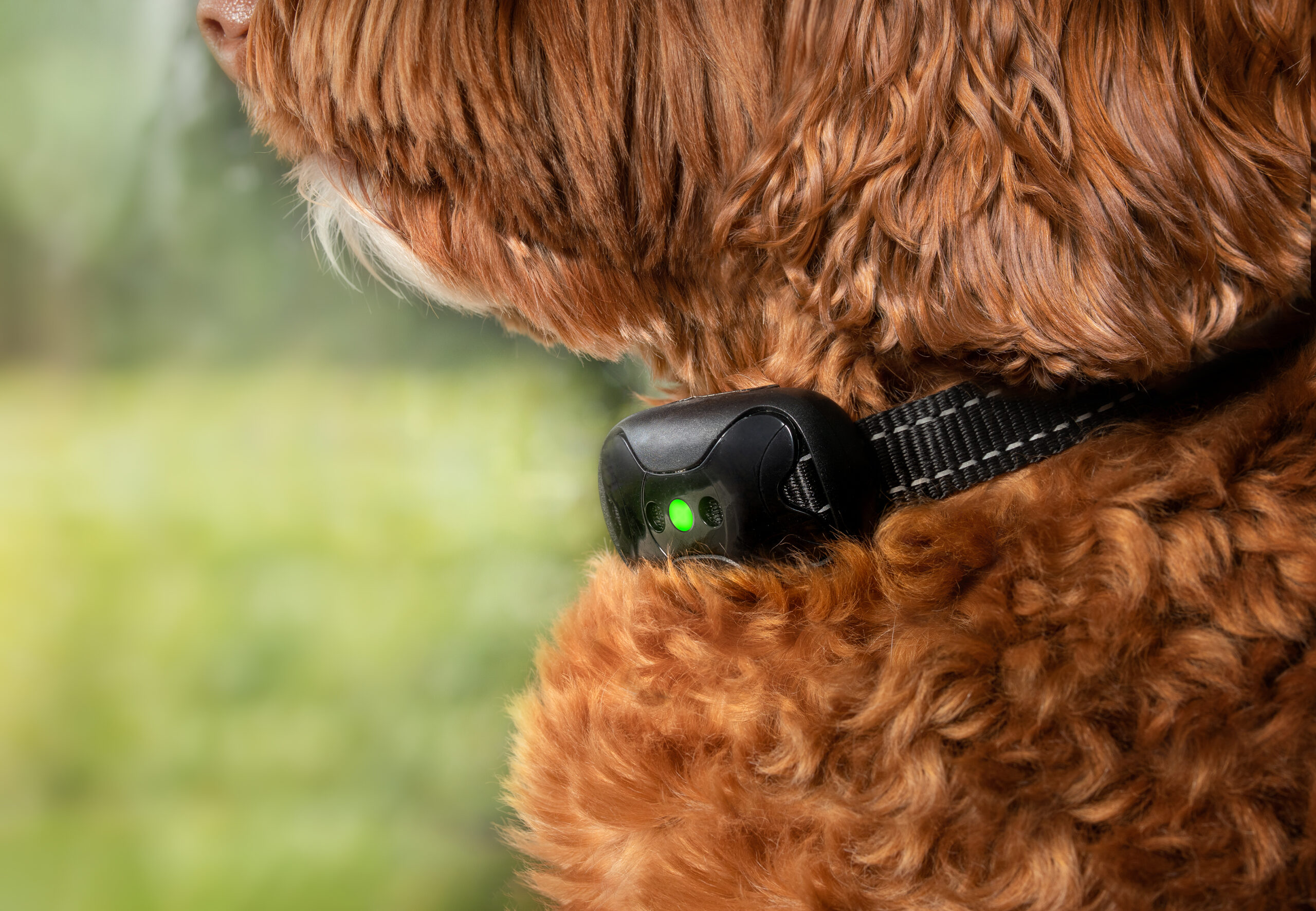Today, let’s talk about something that’s a bit controversial but incredibly important: shock collars (sometimes called e-collars). These devices are marketed as effective training tools, but the reality is far from the shiny promises on the packaging. Shock collars are not just painful—they can be downright dangerous for our beloved dogs. Let’s learn why we should steer clear of these harmful devices and explore better, kinder ways to train our furry friends.
The Painful Truth About Shock Collars
- Physical Pain
Shock collars deliver an electric shock to a dog’s neck when they perform an unwanted behavior. The intensity of the shock can vary, but even the lowest settings can cause significant discomfort. Imagine the jolt you feel from static electricity but magnified and unpredictable. Now, imagine experiencing that without understanding why. That’s what a dog goes through with a shock collar.
- Skin and Tissue Damage
Prolonged or repeated use of shock collars can lead to burns, sores, and other types of tissue damage on a dog’s neck. The metal prongs can rub against the skin, causing irritation and open wounds. This can lead to infections, especially if not properly cleaned and treated.
The Psychological Impact
- Fear and Anxiety
Dogs don’t understand why they’re being shocked. The sudden pain can create fear and anxiety, leading to a host of behavioral problems. Instead of learning not to bark or run away, a dog might become fearful of people, other dogs, or even their environment. This fear can manifest in aggression, withdrawal, or other anxiety-related behaviors.
- Trust Issues
Training should be about building a bond of trust between you and your dog. Shock collars can destroy this trust. Your dog might become fearful of you, associating you with the pain they feel. This can lead to a breakdown in your relationship and make training even more difficult.
The Risks of Using Shock Collars
- Inconsistent Training Outcomes
Shock collars might stop a behavior temporarily, but they don’t teach a dog what to do instead. The lack of positive reinforcement means the dog hasn’t learned an alternative behavior, leading to inconsistent training results. They might stop the unwanted behavior when the collar is on but resume it once the collar is removed.
- Increased Aggression
In some cases, the fear and pain caused by shock collars can lead to increased aggression. A dog that’s been shocked might lash out at the nearest person or animal, not understanding where the pain is coming from. This can make them more dangerous and harder to manage.
- Misuse and Overuse
Shock collars are often used improperly, either with too high an intensity or too frequently. This misuse can exacerbate the physical and psychological harm they cause. Inexperienced owners might think they’re using the collar correctly, but without proper training, it’s easy to cause unintentional harm.
Kinder Alternatives to Shock Collars
The good news is there are plenty of humane and effective alternatives to shock collars. These methods focus on positive reinforcement, building trust, and encouraging desired behaviors through rewards rather than punishment.
- Positive Reinforcement Training
Reward-based training uses treats, praise, and play to encourage good behavior. When your dog does something right, they get a reward, making them more likely to repeat the behavior. This method is effective and builds a strong, trusting relationship between you and your dog.
- Clicker Training
Clicker training uses a small device that makes a clicking sound to mark a desired behavior, followed by a reward. It’s a precise and effective way to communicate with your dog, helping them understand exactly what you want them to do.
- Professional Training Classes
Enrolling in a professional training class can be incredibly beneficial. Experienced trainers can guide you through the process of teaching your dog new behaviors in a positive and supportive environment. Plus, it’s a great way to socialize your dog and meet other pet owners.
- Gentle Leaders and Harnesses
For dogs that pull on walks, gentle leaders and no-pull harnesses can be effective tools. They allow you to control your dog without causing pain or discomfort, making walks more enjoyable for both of you.
Conclusion
Shock collars might seem like a quick fix, but the pain and risks they bring are simply not worth it. Our dogs deserve better. By choosing humane training methods, we can ensure our furry friends are happy, healthy, and well-behaved without compromising their well-being. Remember, training is about building a bond of trust and understanding. Let’s keep it positive and kind.
Have you tried any of these positive training methods? Share your experiences and tips in the comments below!




